Guy M. Poppy, Michael J. Wilkinson1-4051-2237-4, 978-1-4051-2237-5
Table of contents :
Gene Flow from GM Plants……Page 1
Contents……Page 7
List of Contributors……Page 13
Preface……Page 15
1.2 Regulation……Page 17
1.3 Stimulus for research……Page 18
1.4 Vigorous campaigning……Page 19
1.5 The GM Nation Public Debate……Page 20
1.6.2 Genetic contamination……Page 21
1.6.3 GM and organic agriculture cannot coexist……Page 22
1.8 Discussion……Page 23
1.8.2.1 Method not mission……Page 24
1.8.2.2 The FSEs raised wider issues……Page 25
1.8.4 Political context……Page 26
References……Page 27
2.1 Introduction……Page 28
2.2.1 Crop production and sustainability……Page 30
2.3 The current state of GM crops……Page 34
2.3.1 Herbicide tolerance……Page 37
2.3.2 Insect protection……Page 39
2.3.3 Virus resistance in plants……Page 42
2.4 Future developments……Page 43
2.4.1 Expansion of Bt and HT……Page 44
2.4.2 Other pest resistance traits……Page 45
2.4.4 Output traits……Page 46
2.4.5 Other GM plants……Page 48
2.4.6 Gene flow containment……Page 49
2.5 Summary……Page 51
Acknowledgements……Page 52
References……Page 53
3.1.1 The fascination with pollination……Page 59
3.1.2 The pollination of crop plants……Page 60
3.2.1 Evolutionary aspects of wind-mediated pollination……Page 63
3.2.2 Adaptations for wind pollination……Page 65
3.2.3 Airborne pollen recording for allergy sufferers……Page 66
3.2.4 Evolutionary and ecological aspects of entomophily……Page 67
3.2.5 Adaptations for entomophily……Page 69
3.3.2 The use of managed pollinators……Page 70
3.4.1 Uncertainties on the relative importance of different vectors in oilseed rape……Page 72
3.4.2 Oilseed rape cross-pollination: observations……Page 73
3.4.4 Other crops……Page 75
3.5.1 Deposition, turbulence and impaction……Page 77
3.5.2 Long-distance dispersal……Page 78
3.6.1 Functional groupings of pollinators……Page 79
3.6.3 Processes and patterns for social insects……Page 80
3.6.4 Edge effects in recipient patches……Page 83
3.6.5 Patchiness and pollinator behaviour……Page 84
3.7.1 General models……Page 85
3.7.2 Modelling elements of bee behaviour……Page 86
3.8.2 Managing seed and crop production systems……Page 87
References……Page 89
4.1 The taxonomic context of hybrid formation……Page 94
4.1.1 What is a (crop) species?……Page 96
4.2.1 Potential for hybridisation……Page 98
4.2.2 Wallace Effect……Page 99
4.2.3 Pre-pollination isolation……Page 100
4.2.3.1 Distance……Page 101
4.2.3.2 Temporal isolation (phenology)……Page 102
4.2.3.3 Ethological (pollinator) preference……Page 103
4.2.4 Post-pollination, prezygotic isolation (interspecific incompatibility)……Page 104
4.2.4.1 Unilateral incompatibility……Page 105
4.2.5 Post-zygotic isolation……Page 106
4.2.5.1 Embryo–endosperm balance seed incompatibility……Page 107
4.2.5.2 Genomic imprinting……Page 108
4.2.5.3 Seed sterility (F1 embryo inviability)……Page 109
4.2.6.1 Invasive sterile hybrids……Page 110
4.2.6.2 The causes of hybrid sterility: chromosome homology……Page 111
4.2.6.3 The causes of hybrid sterility: irregular polyploidy……Page 113
4.3.1 Hybrid swarms……Page 116
4.3.2 Hybrid habitats……Page 118
4.3.3 Introgression……Page 119
4.3.4 Hybridisation and extinction……Page 121
4.4 Concluding remarks……Page 123
References……Page 125
5.1 Introduction……Page 129
5.2.1 Barriers to gene flow……Page 130
5.3.1 Species groups……Page 131
5.4.1 Wheat, Triticum aestivum (17300000 ha)……Page 133
5.4.2 Barley, Hordeum vulgare (10 600 000 ha)……Page 135
5.4.3 Maize, Zea mays (4 350 000 ha)……Page 136
5.4.5 Olives, Olea europaea (4 300 000 ha)……Page 137
5.4.6 Oilseed rape, Brassica napus (3 500 000 ha)……Page 138
5.4.7 Vine, Vitis vinifera (3 500 000 ha)……Page 139
5.4.9 Sugar beet, Beta vulgaris ssp. vulgaris (2 000 000 ha)……Page 140
5.5 Methods for detection and quantification of rare hybrids……Page 141
5.6.1 Morphology……Page 143
5.6.3 Herbicide bioassays and visible marker genes……Page 144
5.6.5 Chromosome analysis and flow cytometry……Page 145
5.7.1 Isozymes……Page 146
5.7.2.1 PCR-based techniques……Page 147
5.7.2.4 Simple sequence repeats (microsatellites)……Page 148
5.8 Introgression……Page 149
5.8.4 Structure……Page 150
References……Page 151
6.1 Introduction……Page 159
6.2.1 The biology of natural hybrids and hybrid zones……Page 161
6.2.2.1 Sunflower……Page 165
6.2.2.2 Oilseed rape……Page 166
6.3 Projecting introgression of transgenes using empirical data and models……Page 170
6.3.1 How well do .tness estimates predict population change?……Page 172
6.3.2 A way around the difficulties?……Page 175
6.4 Conclusion: a reason for hope, a cause for concern……Page 179
References……Page 180
7.2 What is risk assessment?……Page 185
7.3 Tiered testing and risk assessment……Page 187
7.4 General requirements for assessing risks of gene flow from transgenic crops……Page 188
7.5 Assessment endpoints……Page 189
7.6.2 Enhanced invasiveness of transgene recipient……Page 190
7.6.3 Transgene-induced changes to community of the recipient……Page 194
7.7 Exposure assessments……Page 197
7.8 Proposed scheme for assessing the environmental risks of gene flow……Page 198
References……Page 200
8.1 Introduction……Page 202
8.2 Defining risk, hazard and exposure……Page 203
8.3 Exposure trees……Page 205
8.4 An introduction to tiered risk assessment……Page 206
8.5.1 Exposure in non-target herbivores and pollinators……Page 208
8.5.2 Exposure in natural enemies……Page 209
8.6 Quantifying exposure with third-tier experimentation……Page 211
8.6.1 Exposure in herbivores and pollinators……Page 212
8.6.3 Exposure in soil organisms……Page 214
8.7 Planned releases of GM crops……Page 215
8.8.1 Simulation studies……Page 217
8.8.1.2 Disadvantages of transgene simulation……Page 218
8.8.2 Modelling……Page 220
Acknowledgements……Page 223
References……Page 224
9.1 Introduction……Page 229
9.2.1 Ensuring consumer safety: Directive 2001/18/EC and Regulation 1829/2003/EC on GM food and feed……Page 230
9.2.2 Ensuring consumer choice: Regulation 1830/2003/EC on traceability, labelling and coexistence measures……Page 231
9.2.3 The international context……Page 233
9.3 Risk assessment of gene flow……Page 234
9.3.1 How well is the rate of gene transfer known?……Page 235
9.3.2 How well are the consequences of gene flow known?……Page 237
References……Page 239
10.2 Managing the land for multiple users……Page 241
10.3 Global strategies for risk assessment……Page 243
10.4 Relative importance of environmental changes arising from GM crops……Page 245
10.5 History of GM risk assessment……Page 248
10.7 Regulation-led research……Page 249
10.8 The way forward……Page 250
References……Page 253
Index……Page 255


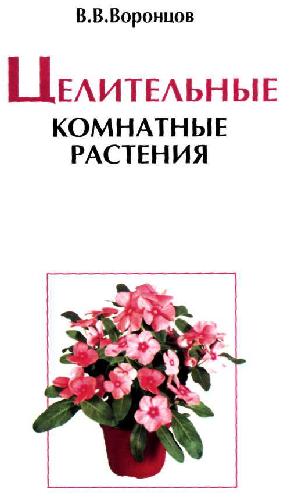
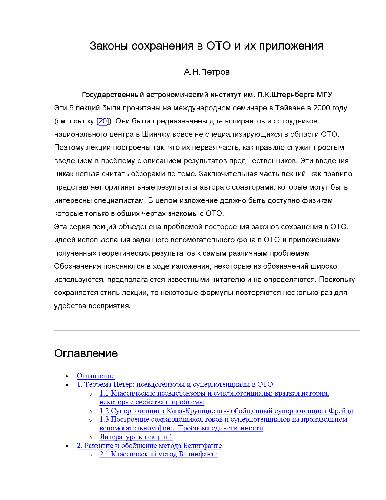
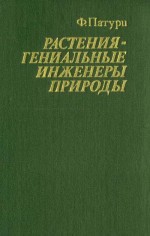
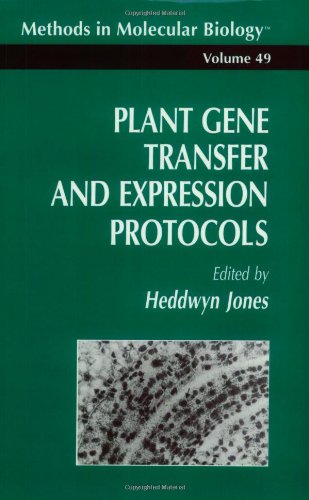
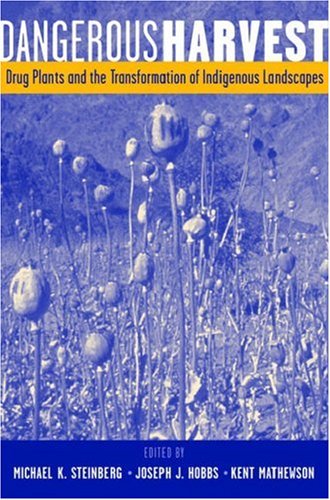
Reviews
There are no reviews yet.